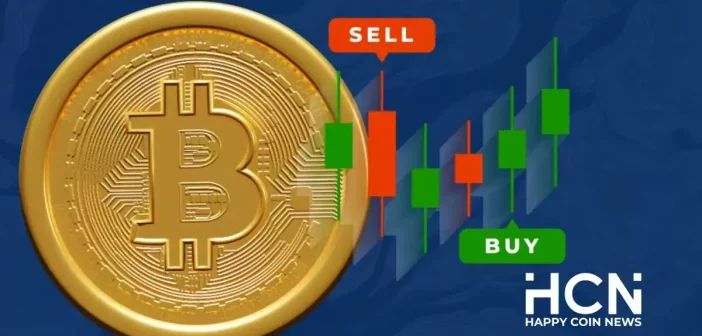Bitcoin rally has intensified this week as concerns about a potential U.S. recession grow. On Tuesday morning, BTC briefly topped $86,000 before settling back to $84,771 later in the day. Despite the pullback, Bitcoin posted a solid 9% gain over the last seven days, outperforming much of the crypto market.
Market activity has been mixed. While price action was strong, weekly trading volume fell by 15.87% to $29.73 billion. This divergence reflects cautious optimism among investors.
Bitcoin Outperforms Altcoins Amid Market Uncertainty
Bitcoin’s market capitalization now stands at $1.66 trillion, and its dominance has risen to 60.8%, up slightly from previous levels. This shift suggests that investors are increasingly favoring BTC over altcoins during economic uncertainty.
According to data from Coinglass, the derivatives market has shown limited volatility:
-
Total liquidations: $659,180
-
Short liquidations: $482,570
-
Long liquidations: $176,610
In addition, open interest in Bitcoin futures fell by 3.22% to $54.91 billion. This decline indicates a more conservative stance among traders, despite the visible Bitcoin surge.
U.S. Economic Outlook Becomes Bleaker
Concerns over the state of the U.S. economy have intensified in recent weeks. A February survey by Wolters Kluwer estimated the likelihood of a recession at 25%. However, more recent reporting from USA Today suggests that probability has nearly doubled to 47%.
Experts point to the economic impact of Trump’s tariff strategy, even with the current 90-day pause in place. Analysts warn that continued pressure on trade could “stall or push the U.S. economy into recession.” As a result, the U.S. Dollar Index has slipped to its lowest level in three years, undermining confidence in traditional financial assets.
Bitcoin Seen as a Safe-Haven Alternative
As the dollar weakens, many investors are increasingly turning to Bitcoin as a hedge against macroeconomic risk. The idea that Bitcoin is a safe-haven asset has gained traction, particularly in light of falling confidence in fiat currencies.
Some market observers suggest that Trump’s trade policy could unintentionally fuel greater crypto adoption. While altcoins remain volatile, Bitcoin is being recognized for its resilience and potential role in long-term portfolio protection.
What Comes Next for Bitcoin?
Although Bitcoin’s short-term momentum is clear, analysts are watching closely for confirmation of a sustained uptrend. Traders are keeping an eye on macroeconomic indicators, Federal Reserve signals, and geopolitical developments that could shape investor sentiment in the months ahead.
If recession fears continue to grow, Bitcoin could benefit from capital rotation away from fiat-linked assets. However, low volume and declining futures interest suggest that many investors remain on the sidelines, waiting for a stronger breakout.




